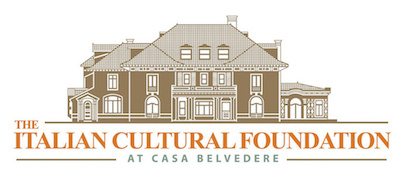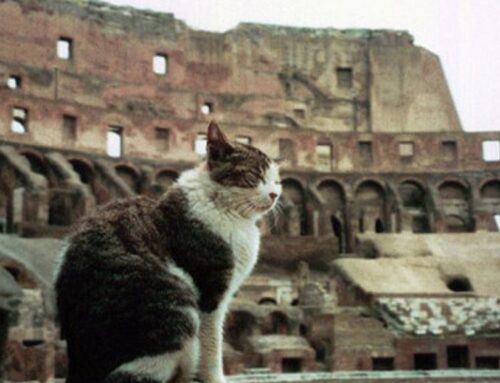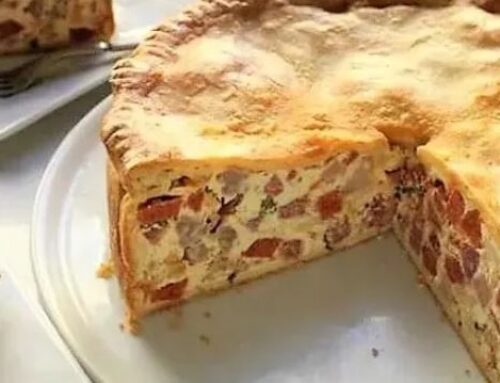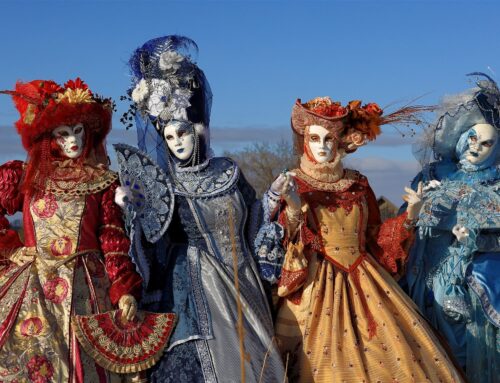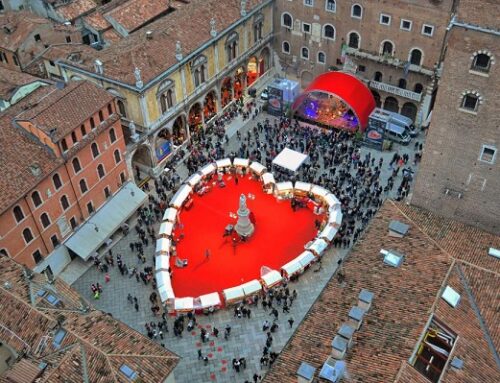In the United States, Father’s Day is celebrated every June. In Italy, fathers are feted on St. Joseph Day every March 19. So technically, Italian-American daddies are celebrated with two holidays!
The Feast of Saint Joseph, in Western Christianity, is the principal feast day of Saint Joseph, husband of the Blessed Virgin Mary and legal “earthly father figure” of Jesus Christ. The feast day has the rank of a solemnity in the Catholic Church, although the religious traditions of Festa del Papà have become a more generic celebration of fatherhood in Italy.
In the United States, Father’s Day is celebrated annually on the third Sunday of June. The American holiday honors fathers, celebrates fatherhood, and the influence of fathers in society.
The Italian-American father is often invested in family life, not just in his own house, but in the extended family and local community. These traditions were embedded by earlier generations of men who immigrated to the United States in the 20th century, especially from southern Italy. Many were poor farm workers or simple artisans from small villages, eager to work as hard as possible to achieve the American dream.
In their new country, they typically worked in farming or landscaping, in factories, or on construction sites. They helped build America’s infrastructure, and their hard labor enabled them to provide for their wives and children, and save their money – the pinnacle of success for an Italian man.
Many of these early patriarchs settled in the New York metropolitan area, clustering in neighborhoods with other Italians, often because they faced social rejection. Most were deeply religious, raised as Roman Catholics, with a cross over every bed. They were active in the local church and shared their blessings with the less fortunate. More than a half-million Italian-American men served in the American military during World War II.
When he wasn’t working, an Italian-American father was likely to be fussing over his enormous garden, fig-trees, and probably grapevines to make wine. Children typically lived at home up until the day they married – often to someone of Italian descent – and still came home every Sunday for a large family dinner, often hearing stories of past ancestors and the “old neighborhood.”
Modern-day Italian-American fathers have not strayed too far from the work/family ethic of their immigrant parents, although their career choices have expanded well beyond what their ancestors did many years ago, as have their incomes. Their families have generally grown smaller in size while living in larger houses, and not necessarily in ethnic clusters. There is more intermarriage among different nationalities and greater assimilation into the melting pot that is America.
Still, today’s Italian-American fathers embrace “La Famiglia” and tend to stay close to home, even after they get married, to help care for aging parents. Likewise, Italian parents often help their adult children get settled, sometimes giving financial assistance to buy a house, and helping to raise their grandchildren.
And where women were once the only ones who cared for the house and children, Italian-American fathers often share equal responsibilities with their spouses. They help cook, clean, and care for children.
Few would begrudge an Italian-American father the “two holidays” associated with fathers. Many celebrate St. Joseph’s Day every March with special sweets: the bigne` di San Giuseppe, similar to a cream puff; and sfinci, fried dough sometimes filled with sweet ricotta cheese. And in June, those same Italian-American dads are just as likely to grill steaks on their backyard grills, happy to celebrate the rich American life given to them by prior generations.
Want to learn more? Click here for a special video presentation on this subject!
The Italian Cultural Foundation at Casa Belvedere is a not-for-profit organization that celebrates everything Italian by sharing stories such as this, and offering exceptional public programs: Language and cooking classes; art and photo exhibits; film festivals; opera luncheons and casino nights; Italian car shows and fashion shows; live concerts and theatrical performances; guest chef experiences and wine tastings; bocce and bingo (tombola); and much more. Casa Belvedere (house with a beautiful view) has established itself as a vibrant and buzzing cultural center in New York City. For more information, visit casa-belvedere.org.
